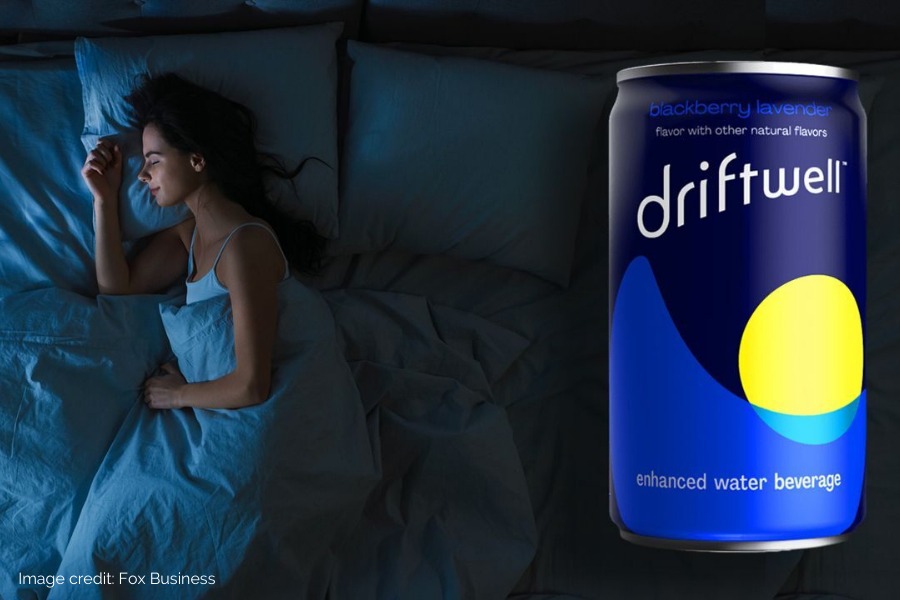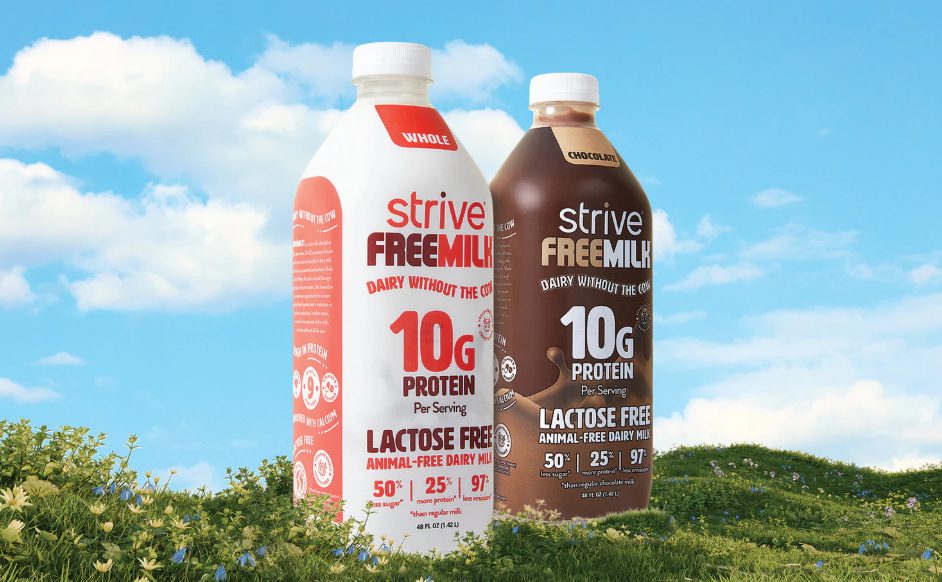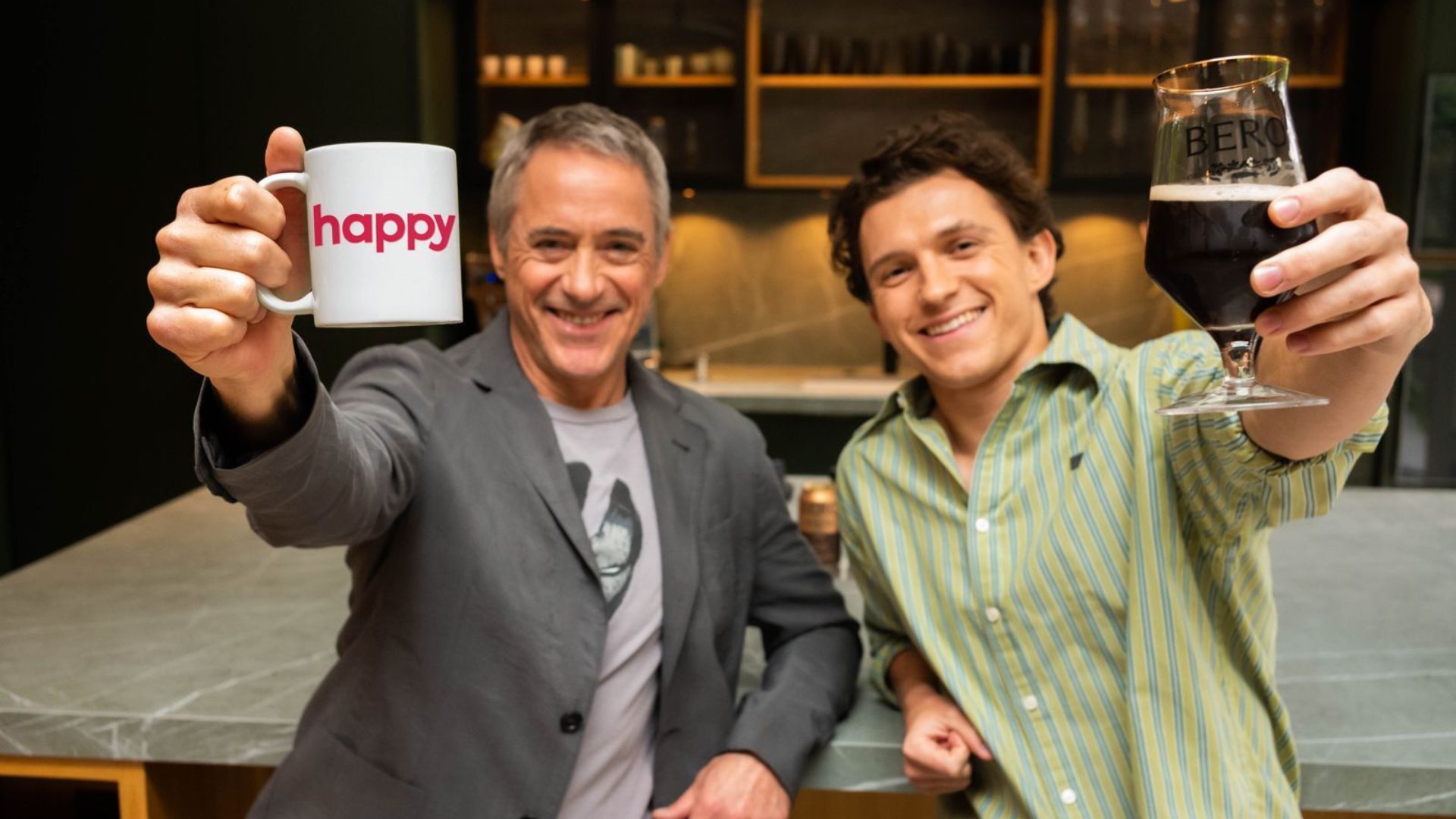PepsiCo. Inc.’s PR tease for the Driftwell sleep aid beverage represents the company’s latest new brand creation since Bubly. Launching new trademarks has a very checkered history at public firms. Most of these launches quietly disappear during the first year. Remember Flat Earth? BeaNatural? DanActive? Vault? I could go on and on. The list of new trademarks that public firms have scaled and sustained at nine-figures is terrifyingly short. Digiorno, Activia, Mio, Bubly—line extensions of high awareness brands fare much better.
Pepsi has had one win recently with Bubly. Yet, Bubly emerged from a more traditional innovation process and had full go-to-market privileges within the Pepsi DSD system. Pepsi did exceptionally well at what they do best as an institutional habit: grabbing its fair share of newer market segments with broad appeal and category average unit pricing.
Is Driftwell also poised to become a mass-market beverage?
Well, let’s decompose what we know so far according to the good ‘ole 4Ps and best practices in scaling new brands: price, placement, product, and promotion.
Driftwell Price
Driftwell launches in December with an online 10-pack set at $17.99.
- Driftwell will launch at $1.79 for a 12-oz. can
- Bubly sells for $0.37 a 12-oz. can (via Walmart)
- Diet Pepsi sells for $0.52 a 12-oz. can (via Walmart)
Any way you look at it, Driftwell is headed to market online at more than three times the can price of Pepsi’s top-selling mark. So, Driftwell is not a mass-market soft drink product from a narrow pricing perspective. However, it is significantly cheaper than existing premium sleep beverages like SOM, which sells online for $2.50 a can.
Driftwell Placement
Where is Driftwell launching? Online. Not on Pepsi’s massive fleet of trucks. Premium consumer packaged goods (CPG) purchasing aligns well with the online channel, which has always had a robust discovery component to its shopping behavior. Many young CPG brands get their start here.
In first quarter, it appears Driftwell will then enter select retail markets. Pepsi has no doubt identified some geographies where it believes its premium-priced functional beverage should do well early on. Again, not the sign of a typical mass-market launch.
Driftwell Product
Functional beverages have a murky history in the U.S. market. America is neither Japan nor Germany. It’s easy to point to vitaminwater and Smartwater and see opportunities everywhere. It’s easy to see benefits and ingredients scaling new supplement brands (e.g., beauty obtained from collagen peptides) and then believe something similar will magically work when delivered through another form factor.
However, most consumers prefer intense medical outcomes to come from pills. The more high stakes or invasive the desired result, the more we want it to come from a drug. If Driftwell wants to convert sleeping pill users, it’s going to have a tough time initially, especially when promoting largely unknown active ingredients.
Driftwell is offering a mass-market pack size: the 12-oz. can. But this presents a wrinkle. In America, a 12-oz. can of fluid in a grocery store cues hydration. The descriptor “enhanced water” doesn’t change this. So, one wonders, how many Americans currently hydrate right before bed or are open to drinking that much right before bed?
The only way to eliminate the co-occurrence of the hydration and enhanced sleep outcomes symbolically is to shrink the container and turn Driftwell into a shot. And this is what venture-backed Vive is currently doing with its own product line to offer cognitive health and immunity.
By selling sleep enhancement and hydration at $1.79 a can, Driftwell needs to locate consumers who a) have consistent sleep problems related to mental wellbeing (and not severe obesity), b) don’t want to take sleeping pills, c) want pre-sleep hydration, and d) are willing to consume it four to five times a week at $1.50 to $2.00 a can.
Whenever you slice an addressable market this many times after slicing for openness to a premium price, you generally have quite a niche on your hands.
Driftwell Promotion
Pepsi hasn’t released any clues about its promotional strategy for Driftwell, but clearly building demand well in advance of distribution is one of them. And this is quite smart. It shows a team prepared to launch counter-intuitively to the traditional distribute-then-promote model. The company is taking several months to build up multiple impressions in its target audience’s busy brains. It may also be exploring which of its many retail accounts is particularly keen on it.
My client work has revealed that new trademarks with limited initial distribution take 10 or more impressions to get remembered. The lag between initially noticing and recalling is one of the critical challenges in advertising newly branded CPG products. Targeted social media advertising is generally not profitable for specialty products like this, except perhaps at the multi-pack size. Therefore, Pepsi will want to experiment carefully with the omni-media mix that reaches the most pre-disposed efficiently. Driftwell is no Super Bowl-ready product.
To Scale
If the Pepsi team is patient in the first year and learns from its early consumers, it can discover the best ways to reach this niche audience and the best messaging to signal why Driftwell is better than sleeping pills and good enough vis-a-vis ultra-premium sleep beverages like SOM. The longer-term challenge will be using the early years to build awareness and symbolic credibility for its lesser-known active ingredients (i.e., L-theanine) and accumulating authentic influencers who can accelerate the credibility of sleep-enhancing water. To scale, Pepsi will have to move well beyond hipster functional beverage samplers with sleep problems if it ever wants to start encroaching onto the massive, beckoning usage territory of OTC sleeping pills.
Dr. Richardson is author of Ramping Your Brand and founder of Premium Growth Solutions, a strategic planning consultancy for fast-growing early-stage CPG brands.













